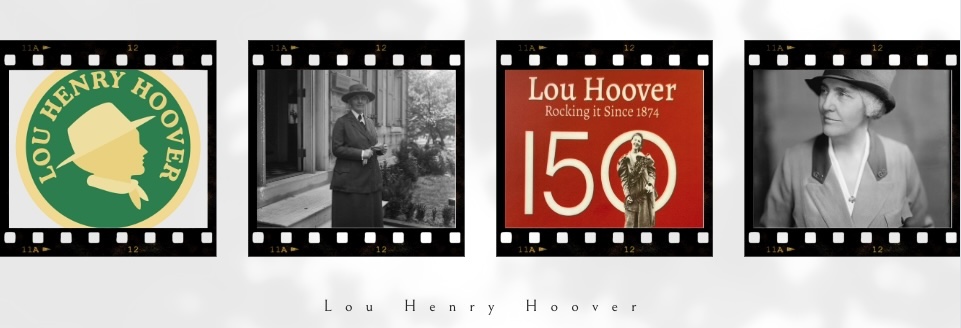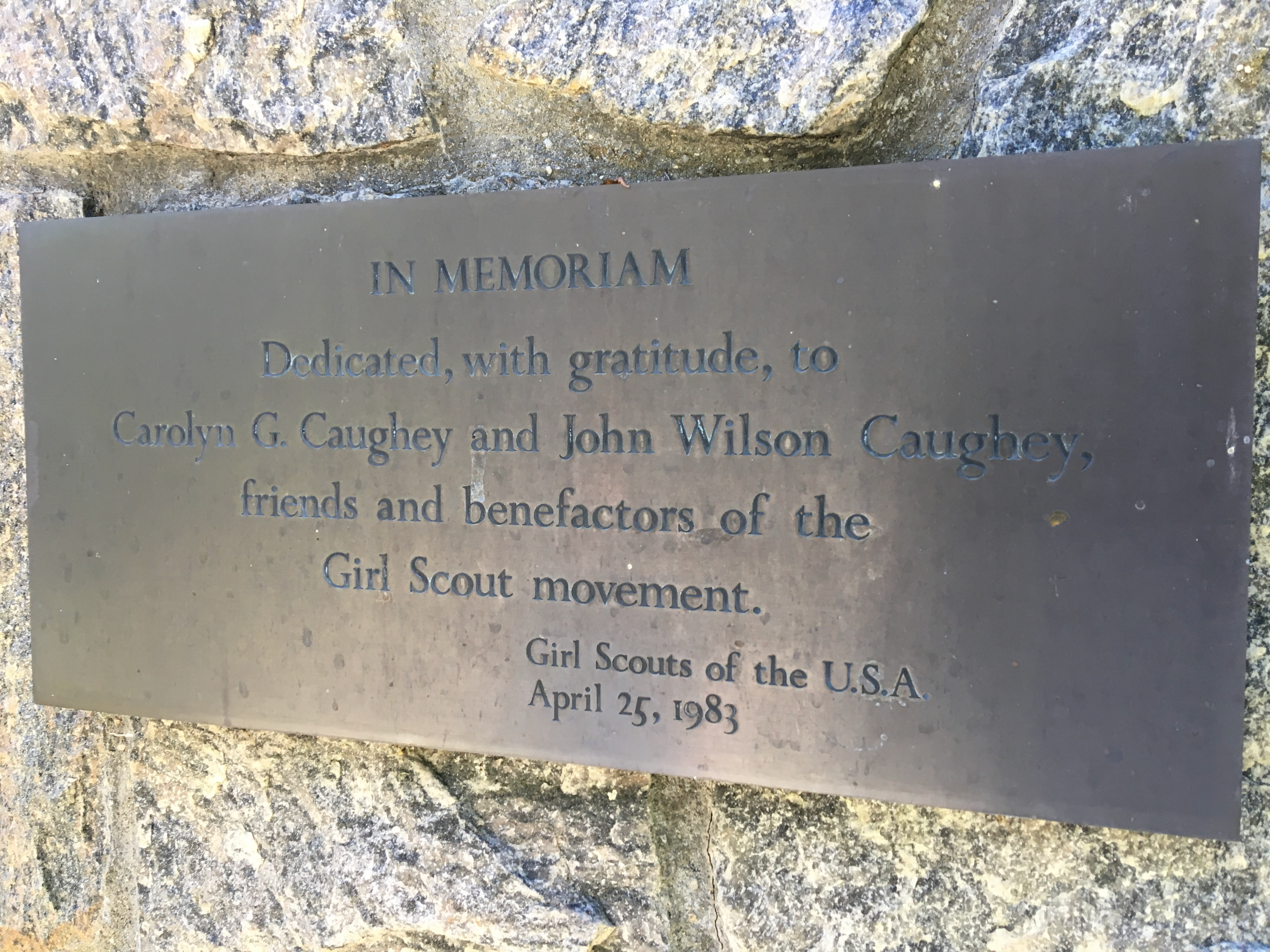Your cart is currently empty!

Pants! We Want Pants!
What issue topped the agenda of the 1969 National Council session? Pants. The membership spoke, and they wanted uniforms with pants. Responding to waves of requests from girls, GSUSA announced that it would remain a uniformed movement and update girl uniforms. The most requested item? Pants. Active girls—not to mention their mothers—did not want to…
What issue topped the agenda of the 1969 National Council session?
Pants. The membership spoke, and they wanted uniforms with pants.
Responding to waves of requests from girls, GSUSA announced that it would remain a uniformed movement and update girl uniforms. The most requested item? Pants. Active girls—not to mention their mothers—did not want to sacrifice movement for modesty.


Designing uniforms is a multifaceted process. The overall design needs to be visually unifying and reflect contemporary fashion without falling for passing fads that will shorten their appeal. The cut must flatter a wide range of body types, the fabric needs to be suitable for multiple climates, and the color palette needs to enhance skin tones ranging from very fair to very dark. Decorations and trims are kept to a minimum, both to keep costs down as well as to not compete with official insignia.

First up was the smallest age group—Senior Girl Scouts. These high schoolers were still wearing the two-piece skirt suit introduced in 1960. Made out of a deep green sharkskin cotton fabric, the brightly colored uniform trim indicated the wearer’s area of concentration. Troops focused on International Friendship, for example, wore yellow ties and hat cords, Wing troops orange, and Homemaker troops turquoise. This iconic uniform, topped with an Overseas-style hat, was beloved by fans of First Lady Jacqueline Kennedy, but fell out of favor with the bell-bottom and suede fringe-wearing girls of the late 1960s. Girls had quickly nicknamed the suit the “Stewardess uniform,” but by now it was no longer a compliment. Besides, even the flight attendants had moved on to trendier styles. Seniors themselves had their own ideas about a uniform; they wanted pants—and mini-skirts, too.
After considering suggestions, designs, and even samples sent by girls, the National Equipment Service (NES) settled on two versions of a sleek step-in style A-line dress that buttoned up the front. For feedback, they took the uniform to the girls.
Manufacturers created samples in sizes 6 through 20 and shipped them to Rockwood National Camp and the Juliette Gordon Low Birthplace in Savannah. Visiting Seniors of all shapes and sizes tried on the samples and completed feedback cards. They had a definite preference for one version and one shade of green, but indicated that they wanted heavier fabric, a belt, and pants. Designers made more revisions and presented the result to the National Executive Committee for final approval. NES was still not convinced of the need for pants, but they conceded defeat on the matter.

Ultimately, the girls were rewarded with pants in the same green cotton poplin fabric, but the semi-flared legs hardly qualified as bell-bottoms. The ensemble included a soft beret made of the same fabric, a tab tie, and a formidable green leather belt that was 1.5” wide with adjustment holes running the entire length.
But the most notable feature was the dress’s hemline—or, rather, the lack of one. After endless debates among focus groups and survey responses, GSUSA gave up trying to settle on the appropriate length. The dress was sold unhemmed, with a hang-tag reading: “The Official GS Uniform with the Unofficial Hemline.” If girls wanted mini-skirted uniforms, Headquarters seemed to say, let parents deal with the matter. Many Senior Girl Scouts were accustomed to sewing their own clothes and turned the new dress into a short tunic to be worn over the new pants. Just how many ditched the pants once out their front door is unknown.
And to really be mod, GSUSA created a line of hippy, crunchy-granola inspired casual pieces at the same time. Can’t you just imagine Marcia Brady or Laurie Partridge in these funky frocks?

Nope, me either. And if you look closely at the 1973 image showing the new uniforms, that spiffy green cape is marked “SALE,” although it doesn’t come through well in the picture. Guess these duds were a dud.
The other age levels received new uniforms in 1973. Instead of a single dress, Brownies, Juniors, and Cadettes each had their choice of five or six mix-and-match pieces, that included jumpers, pants, shorts, cotton blouses, and hideous polyester double-knit turtleneck bodysuits that were hot, itchy, had a stiff plastic zipper that grabbed your hair, and featured a snap crotch that perpetually pinched your privates.
Catalog descriptions of the new clothing reflected the lingo of the time, emphasizing choice, individuality, and liberation:

New space-age materials meant less wrinkling and less ironing.

The new styles included several pieces for each age level, creating another point of consistency.

Each level had a tie that snapped together. No more arguments about how to tie a neckerchief or which way the ends should point. The polyester, turtleneck bodysuit was high fashion at the time, not to mention indestructible and UNCOMFORTABLE. Can clothing cause PTSD? Because if so, these bodysuits would have.

The new Cadette uniform included the very first vest, instead of a badge sash. They were made from dark green felt, and some people mistakenly think they were homemade.
This week a new collection of uniform pieces debuted. So far, they are targeted toward the older age levels.
Hopefully GSUSA will never repeat the snap-zip-bodysuit debacle of the 1970s.
4 responses to “Pants! We Want Pants!”
-
Sad. Once multiple elements of the uniform came about – all uniformity was lost.
I love going to a parade and watching the BS groups walking by. They are all in the same uniform and for the most part look uniform. GS groups walk by and look like slobs in comparison.
-
Great article. I actually liked to wear capes in the 60’s and I wore bodysuits as I was tired of constantly trying to keep shirts tucked in. Strangely enough, mine did not have zippers. They went on over the head and snapped at the crotch. For the most part, I think the new uniforms are okay. Nothing to write home about though and what is with the lavender dress. That dress would be so cute in blue chambray.
-
Perfect timing! I am getting ready take my troop time traveling back to 1970 for our next meeting. They are always amazed I HAD to wear dresses for school and Girl Scouts. Yup, I had to hem my Senior uniform – and make major alterations to the bustline. I had always heard about the “unofficial hemline”, but did no know it was on a tag.
-
I wore (reluctantly) the Senior “stewardess” uniform, skirt hemmed to just above my fingertips. Worst part was there was no longer a badge sash….our troop sewed our badges and patches onto red “glory jackets” that we wore more often than the offical uniform. The pants/tunic version came out just as I graduated high school and bridged to adult volunteer.



Leave a Reply